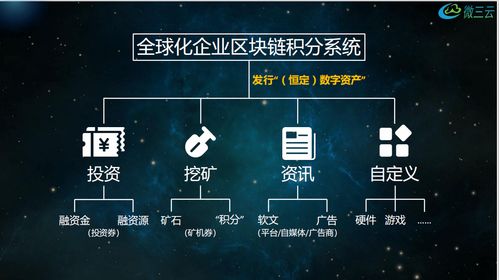Title: Understanding Bitcoin Supply Control and Its Implications
Bitcoin, the pioneer of cryptocurrencies, operates within a framework meticulously designed to control its supply. To grasp how Bitcoin quantity is managed, we need to delve into its fundamental principles, mining dynamics, and the halving process.
Bitcoin's Fixed Supply: The Genesis
Bitcoin's creator, Satoshi Nakamoto, initiated the cryptocurrency with a fixed supply model. Only 21 million bitcoins will ever exist. This cap fosters scarcity, similar to precious metals like gold, and mitigates inflationary pressures prevalent in traditional fiat currencies.
Mining and the Creation of Bitcoin
Bitcoin creation primarily occurs through a process called mining. Miners deploy computational power to solve complex mathematical puzzles, validating transactions and securing the network in return for newly minted bitcoins and transaction fees. This process, known as Proof of Work (PoW), ensures the integrity of the blockchain ledger.
Halving Events: Supply Reduction Mechanism
Every 210,000 blocks, approximately every four years, a significant event called the "halving" takes place. During a halving event, the reward that miners receive for validating transactions is halved. Initially set at 50 bitcoins per block, it reduces to 25, then 12.5, and so forth. This halving continues until the maximum supply of 21 million bitcoins is reached, estimated to occur around the year 2140.
Implications of Supply Control
1.
Scarcity and Value Preservation
: Bitcoin's controlled supply engenders scarcity, a key determinant of its value proposition. Similar to gold, its finite nature makes it resistant to devaluation caused by inflationary monetary policies.2.
Market Dynamics
: Halving events often trigger significant market movements. Historically, they have been associated with bull runs as supply reduction coincides with increased demand, potentially driving up prices.
3.
Mining Economics
: Halvings significantly impact miners' profitability. With reduced block rewards, miners must adapt by optimizing operations, upgrading hardware, or adjusting transaction fees to maintain profitability.4.
LongTerm Stability
: The predetermined issuance schedule of Bitcoin provides a level of predictability absent in traditional monetary systems. This stability can foster trust and confidence among users and investors.Guidance for Investors and Stakeholders
1.
Understand Halving Cycles
: Educate yourself on Bitcoin's halving mechanism and its historical impact on the market. While past performance doesn't guarantee future results, recognizing patterns can inform investment strategies.2.
LongTerm Perspective
: Recognize Bitcoin's scarcitydriven value proposition and consider adopting a longterm investment approach. Shortterm volatility is common, but the underlying scarcity principle suggests potential for value appreciation over time.3.
Diversification and Risk Management
: While Bitcoin offers unique advantages, diversification remains crucial in investment portfolios. Allocate funds prudently across different asset classes to mitigate risk.4.
Stay Informed
: Continuously monitor developments in the cryptocurrency space, including regulatory changes, technological advancements, and market sentiment. A wellinformed approach can help navigate the dynamic landscape effectively.In conclusion, Bitcoin's supply control mechanism, characterized by a fixed issuance schedule and halving events, plays a pivotal role in shaping its value proposition and market dynamics. Understanding these principles is essential for investors and stakeholders seeking to navigate the evolving cryptocurrency landscape effectively.











